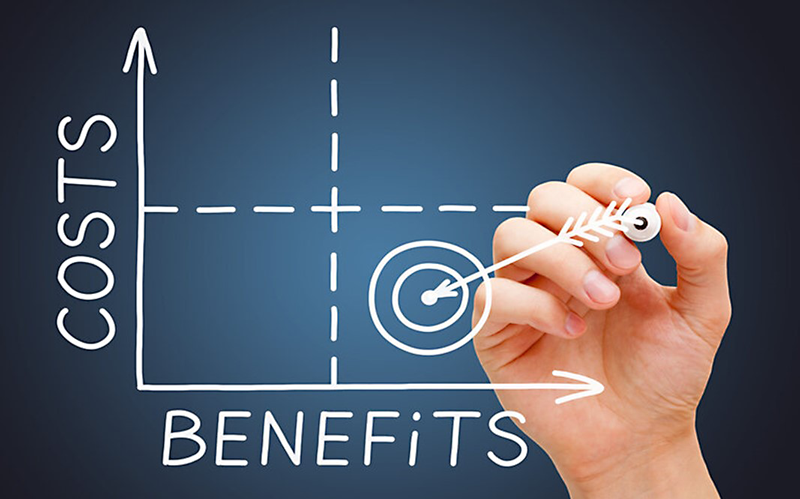
Energy Saving Rebate Tools
Use the MyEyedro cloud software to track your energy savings and create rebate submission reports.

Use the MyEyedro cloud software to track your energy savings and create rebate submission reports.

To explain how to use the Base Load plugin.
Base Load is the power that is always used; the minimum consumption of a given Display Group. In order to use Base Load effectively, your Rate Profile should already be configured, and assigned to the Display Group.
Via web: Contact Us
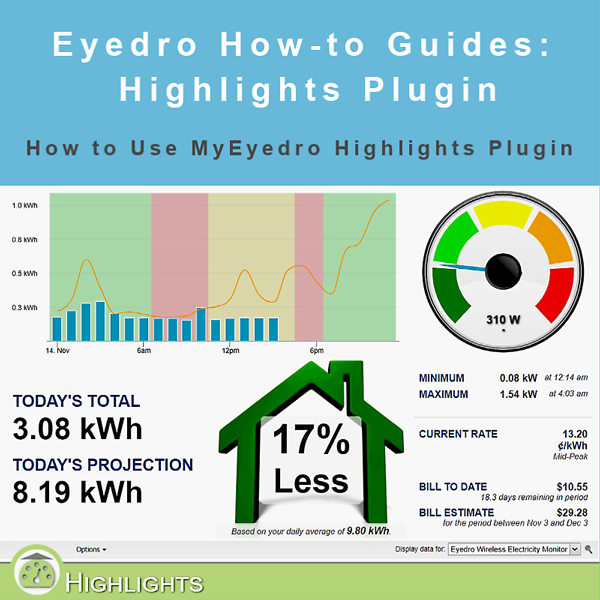
To explain how to use the Highlights plugin in My.Eyedro.com.
Highlights displays daily average information for a selected display group. If you are viewing it on Wednesday, the average is based on the last 4 Wednesdays plus historical data for that date.
Via web: Contact Us
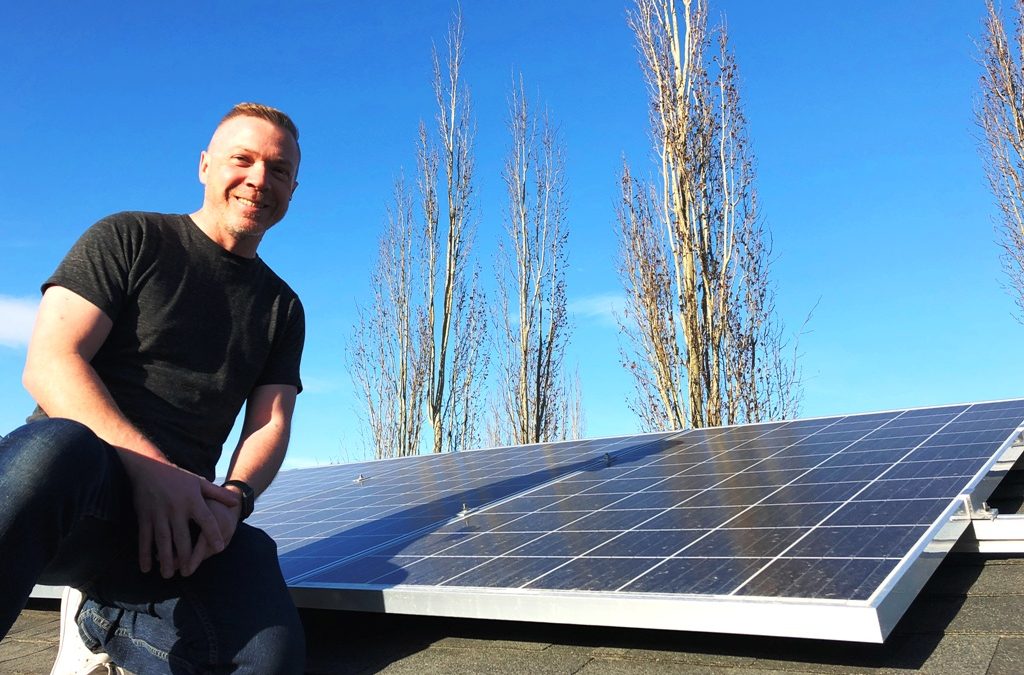
By Sean McCann, Calgary, AB
Over the past few years, my family and I have been watching as the cost for our home electricity has gone up. In Alberta we pay middle-of-the-road rates for our electricity compared to the rest of Canada. Provinces like Ontario and PEI pay far higher rates. We, like other Canadian homeowners, have tried to do what we could to lower our electrical usage – we installed LED bulbs, we use home automation systems to minimize phantom power, and we have tried to limit the use of high-wattage appliances like space heaters and our electric clothes dryer.
But every month we would receive our electricity bill, and the same thought came to our minds: How are we using so much electricity?
We started researching to figure out if there was a way we could better understand our home’s energy usage and collect data that would help us find more efficiencies. When we learned about the Eyedro solar-ready energy meter and the cloud-based energy monitoring service they offered, we knew it was exactly what we were looking for.
We have been using the Eyedro solar energy monitoring system for about a year and a half, and the insights it provided have been very eye-opening. I loaded up the MyEyedro mobile site on my phone, and looking at the live-demand real-time data, I walked around my home turning on lights and appliances to see how they affected overall electricity consumption, and how much electricity they were using.
In our bathroom, for example, we have a vanity light with six bulbs in it. It was still using the incandescent bulbs we had inherited from the previous homeowners, and we figured we would just replace them with LED bulbs as they burnt out. When I turned on the light, the indicator on the MyEyedro app shot up by 600W – I had no idea these old bulbs were 100 watts each. That meant that for the past 8 years, when we’d had that light on for about an hour per day, those shockingly inefficient bulbs had burned through 1,752 kWh of electricity and on average that single light fixture had cost us about $158.
One light fixture, for one hour, in one room of our home, cost us a week’s worth of groceries for our family of four.
Using the MyEyedro platform, we undertook a serious audit of our electrical usage, and over the year that we have been using our Eyedro Energy Monitor, we have cut our average monthly electricity consumption somewhere between 15-20%. Understanding usage, when your home maximizes its energy consumption, and how phantom power can affect your electricity bill can lead to some significant cost savings. In our household, the Eyedro Energy Monitor has already paid for itself, and will continue to provide returns indefinitely.
Last year, we decided to take a huge step towards even more energy efficiency and invest in a home solar power system. With a capital cost of just over $5,200, it was a significant investment to make and we needed to know whether it would provide real returns. Thankfully, we had access to extremely detailed electricity usage date from the Eyedro system and the MyEyedro platform, so crunching the numbers was easy. It became clear that investing in home solar was a good decision for us, especially considering the provincial rebates available in Alberta, with similar programs available across Canada.
When our home solar system came online, we watched again as our electricity bill decreased. It was gratifying to see the investment we had made already paying dividends in the form of lower overall electricity costs.
The hardware and software that came with the solar system allowed us to see how much electricity we were generating, and the Eyedro system was able to tell us how much electricity we were consuming. But they didn’t speak to each other, and we had no way of getting any real-time or historical data on our net energy consumption.
Our solar system is a grid-tie system, which means that it feeds surplus electricity into the powerlines to be used by other customers. As such, it has to constantly monitor the electrical grid to ensure there are no disruptions; for safety reasons, it can’t be feeding electricity into power lines that are not live in case people are working on them. The system uses about 40W to do this, even overnight, which means the solar system is consuming electricity when it is dormant.
So, we still didn’t have a completely accurate picture of the overall net electricity usage of our home. The Eyedro support team was extremely helpful, and they explained that a new, second-generation Eyedro monitor had just been released, the solar-ready EYEFI-4. The EYEFI-4 is able, in real-time, to tell you how much your solar array is generating, how much electricity your home is consuming, and how much surplus you are generating.
The EYEFI-4 accounts for ALL electrical usage and calculates it into the net usage of your home. This gives you the most accurate possible data on how your home solar system is performing, and the true impact it is having on your electricity costs.
You can access this real-time data through the MyEyedro service. And because MyEyedro is cloud-based, you can access the real-time data from anywhere. I have on many occasions shown friends the MyEyedro Net Meter on my phone, and they are always impressed that I have instant access to that information even when I am not at home.
With the EYEFI-4, we now have the most complete picture possible of our energy generation and consumption, and we have the data we need to calculate the return on our investment on a daily basis.
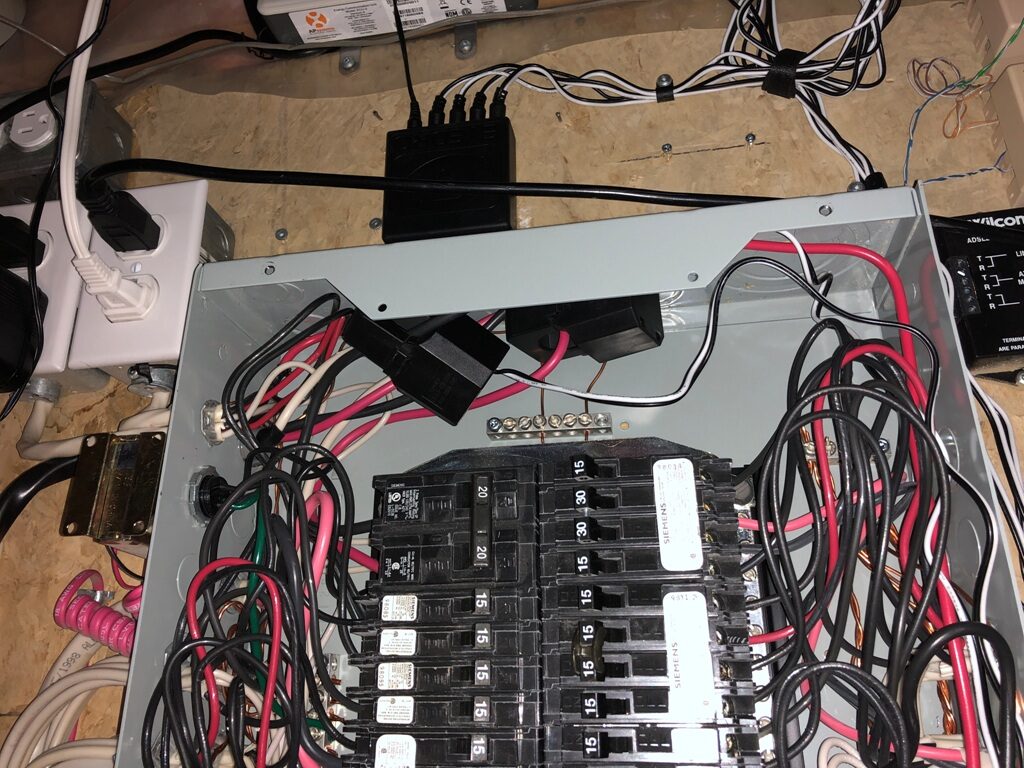
Eyedro EYEFI-4 Solar Energy Monitor Installed in Electrical Panel
Warning: it’s about to get super nerdy here for a bit!
As a technology enthusiast, I’ve found the Eyedro system to be cool enough on its own, but the EYEFI-4 takes it to the next level. This version of the hardware has an open API, which means you can access the real-time data from the monitor itself, and not just from the MyEyedro service. This is important because with a little bit of programming skill and some creativity, you can integrate the data from the Eyedro EYEFI-4 into your home automation systems and create rules and automations that incorporate the Eyedro data.
A lot of companies limit your access to the data you are creating by forcing you to use their platforms to access the data. Oftentimes this requires a subscription to a service; you have to pay to access your own data. Eyedro has no such restriction or subscription – the MyEyedro platform is completely free to access all the features.
The Eyedro team has even provided instructions on how to directly access the data on their blog, and even given sample code on how it could be used. This might not seem significant to a lay-user, but to a person who can use this data, it’s extremely exciting! With access to your real-time electricity data and the right programming skills, you can truly take control of your energy usage.
For example, let’s say a homeowner has a home automation system that includes an air conditioner and a temperature sensor. She has set up a rule that will turn on the air conditioner when the temperature in the room goes above 25C. If she has the Eyedro system integrated into her system, however, she can program a rule that says the air conditioner will only turn on if the temperature exceeds 25C and her solar panels are generating more than 1,000 watts of electricity.
OK, that’s a bit of an extreme example, but the point remains: with access to data from the Eyedro EYEFI-4 solar-ready energy meter, consumers can use and analyze the real-time data the way they want, and this ability alone puts the Eyedro system head and shoulders above the other energy monitoring services out there.
Understanding how your home uses electricity is one of the best ways to keep monthly costs under control. Electricity costs have been steadily increasing, and there’s no reason to believe this trend will reverse anytime soon. A critical part of insulating your household against this cost creep it to have a solid understanding of how your home uses electricity and how you can make that consumption as efficient as possible. In my experience, the Eyedro system has been invaluable in keeping my utilities costs to a minimum.
Sean McCann is a communications consultant and former journalist living in Calgary, AB, with his wife, two young sons, and German Shepherd.
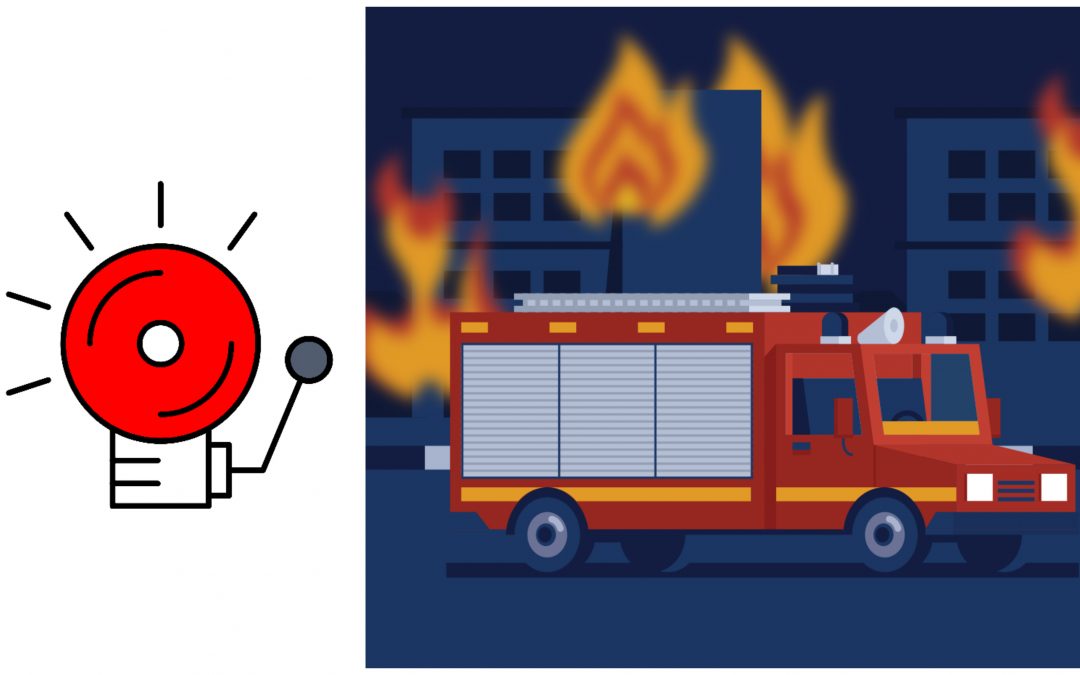
Eyedro product review – a fire prevention perspective from Matt, a NY firefighter.
This article is written in regards to my recent product review of the Eyedro EHWEM1 Wireless Home electricity monitor.
This is my 23rd product I have reviewed for firefighters, and I was pleasantly surprised with the simplicity and ease of use with this product.
First, the customer service team was great to work with, and very knowledgeable of their product.
Second, the design of the monitor is simple, and that’s not a negative thing – this product is designed for actual use and it excelled at that. It’s often hidden away in an electrical panel and doesn’t necessarily need to be overly beautiful.
When I received the product in the mail it was packaged nice and neat. It was super easy to install; it’s literally two clicks of the actual monitors on your incoming electrical lines and you’re basically good to go. After you install, you simply sign up online and that’s it.
This unit is so sensitive and accurate that it can literally tell you when and where your electricity may be costing you money. While monitoring my own system I noticed I had a draw of electricity whenever my refrigerator would kick on, and found out the motor was going bad in my fridge. So I immediately saved money using the Eyedro unit.
What I am most impressed by is the ability to see what appliances draw too much power, not necessarily for electricity use, but for the possibility of a potential fire. That’s a great feature for firefighters not only in the field but at their own homes too! For example, if a motor in my fridge is drawing too much power as it did, it allowed me to look into it closer and potentially avoid a fire if the motor got too hot from being overstressed.
Overall, I am impressed with the Eyedro EHWEM1 wireless monitor and will continue to use it in the future. It’s a simple product designed for the everyday person. I applaud the Eyedro Company for designing a product with the average person in mind. I would gladly recommend this product to my friends and family.
Is it time to do an audit on your home fire and safety preparedness? Here are some home fire safety tips from the U.S. Fire Administration.